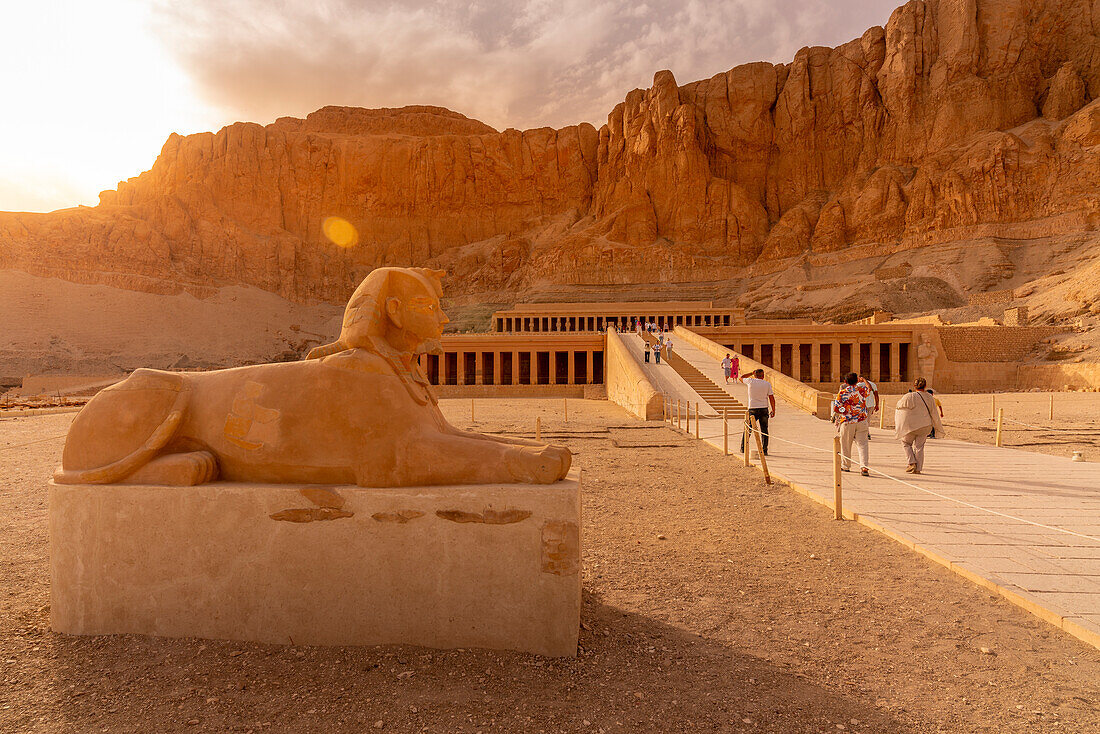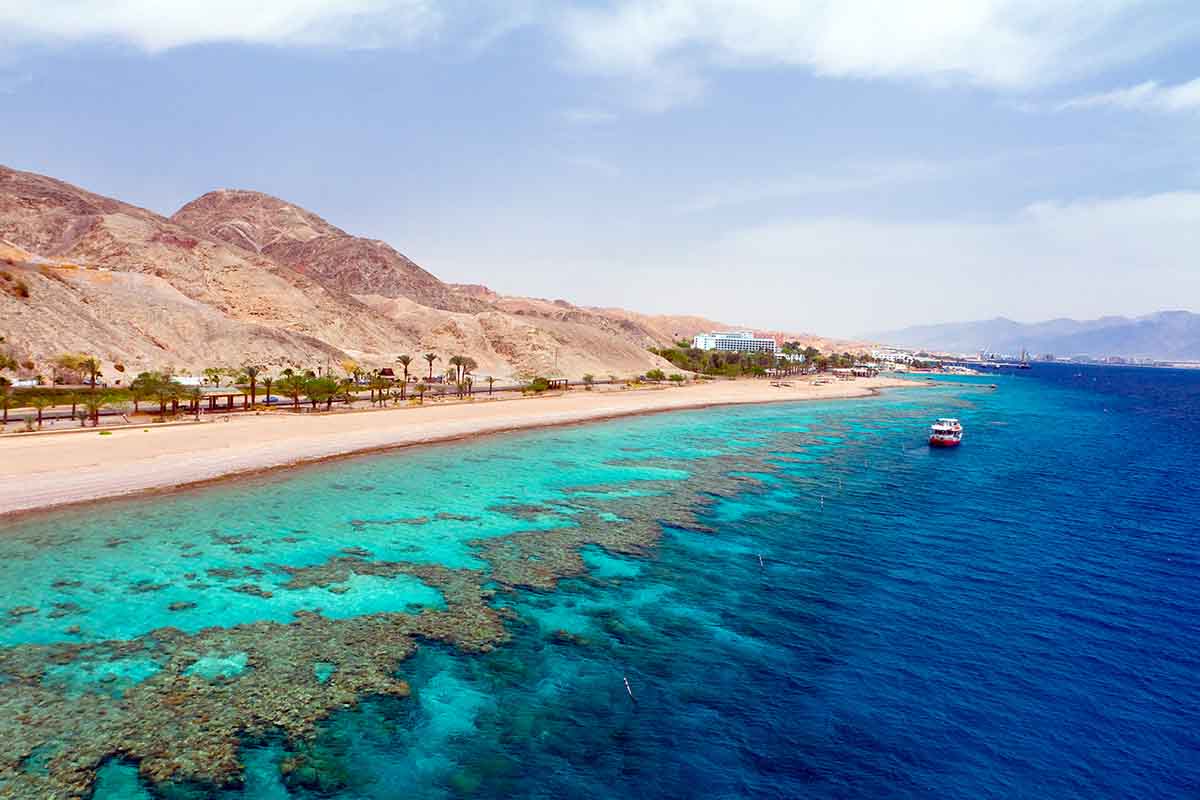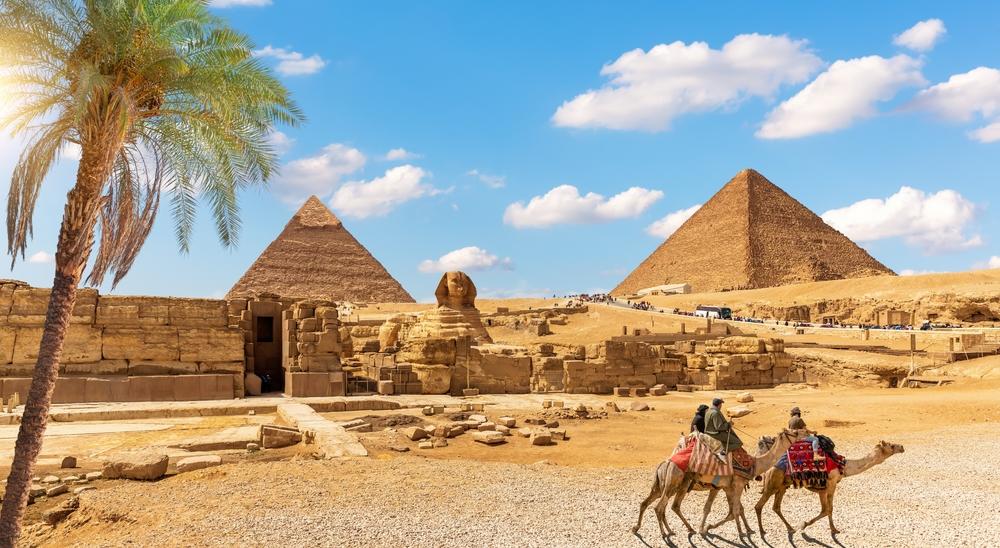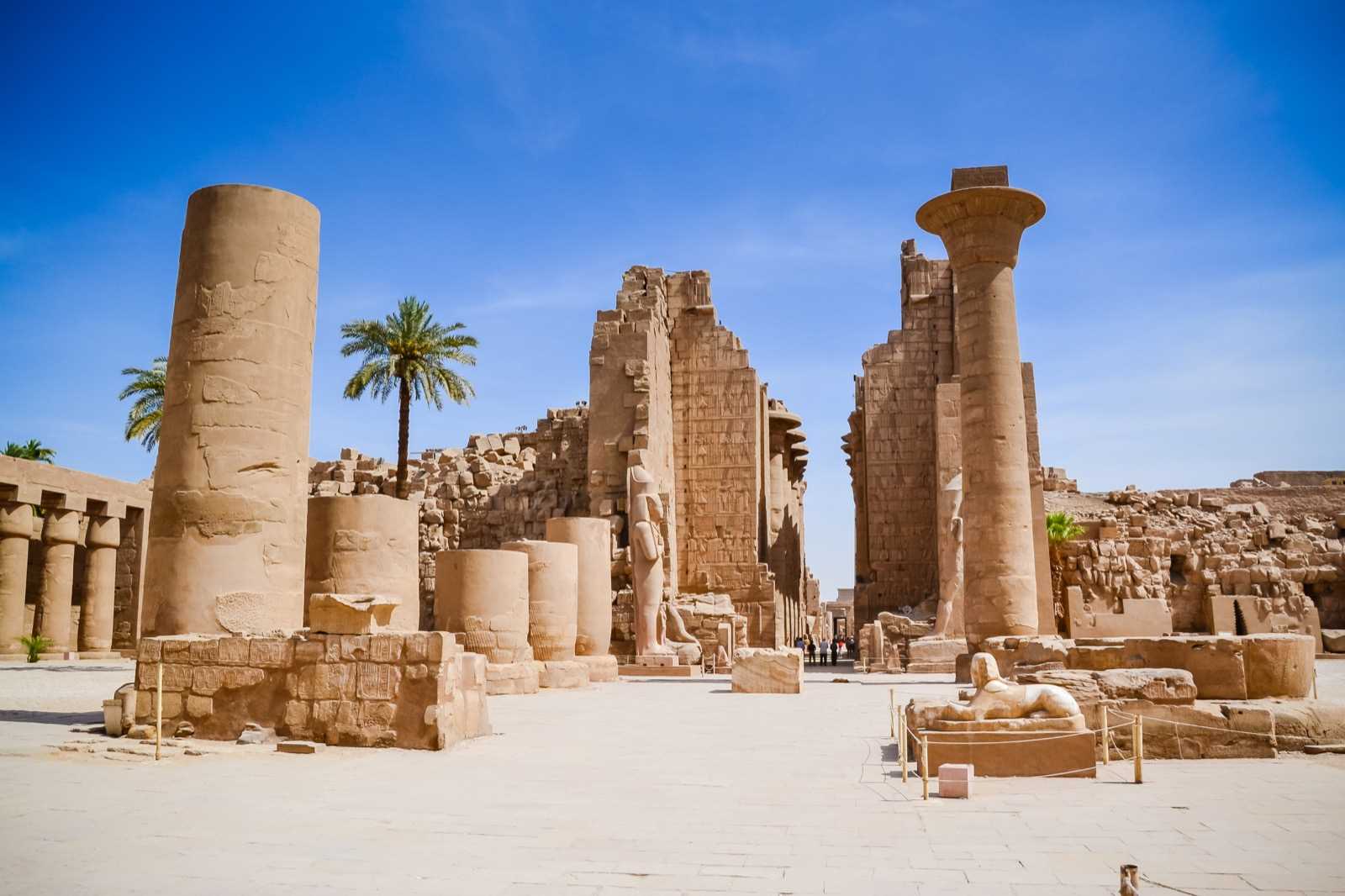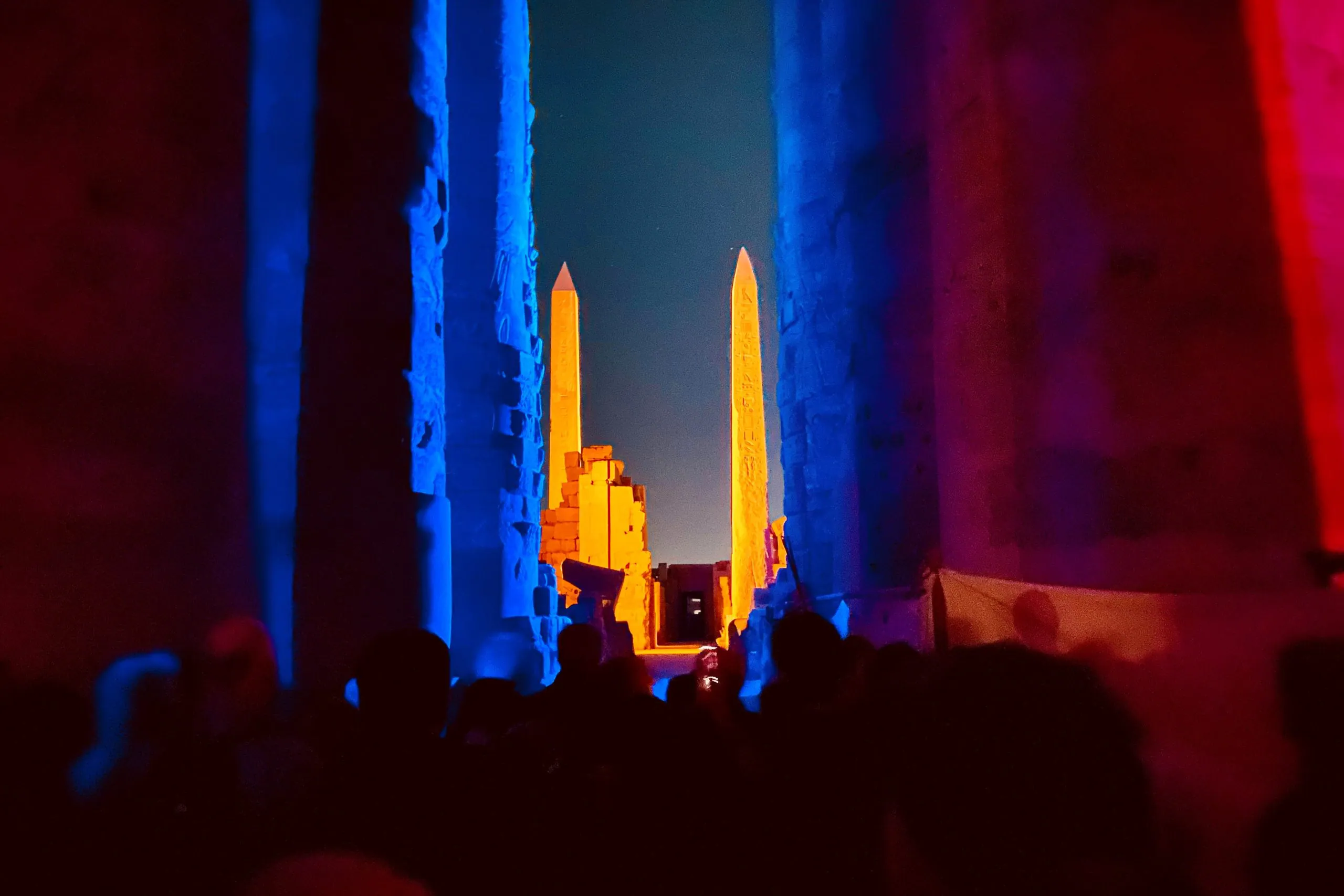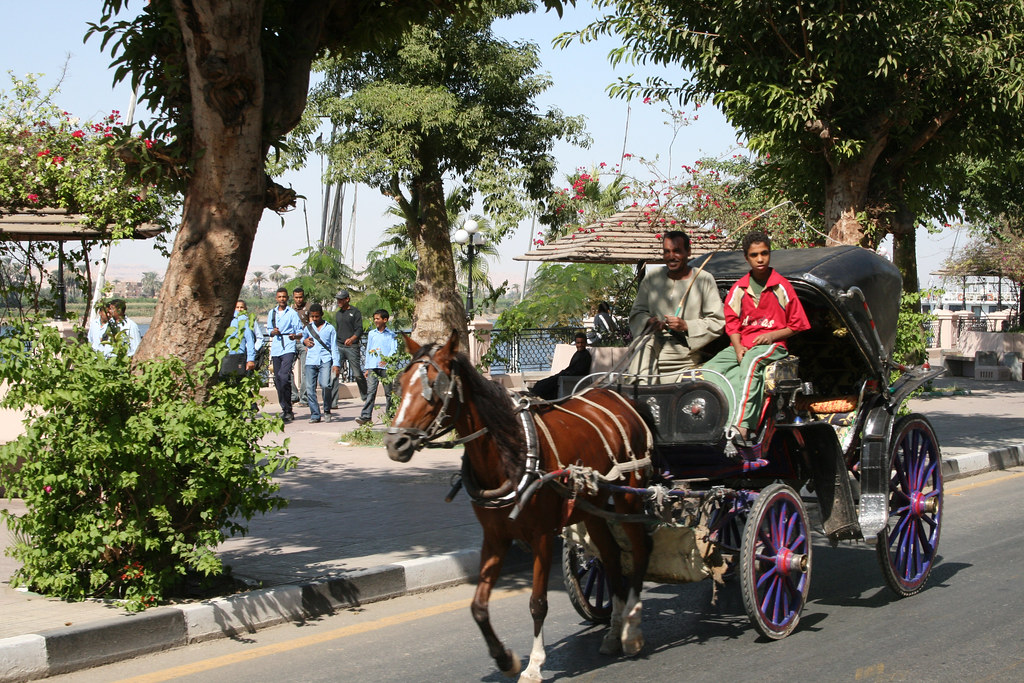Karnak Temple
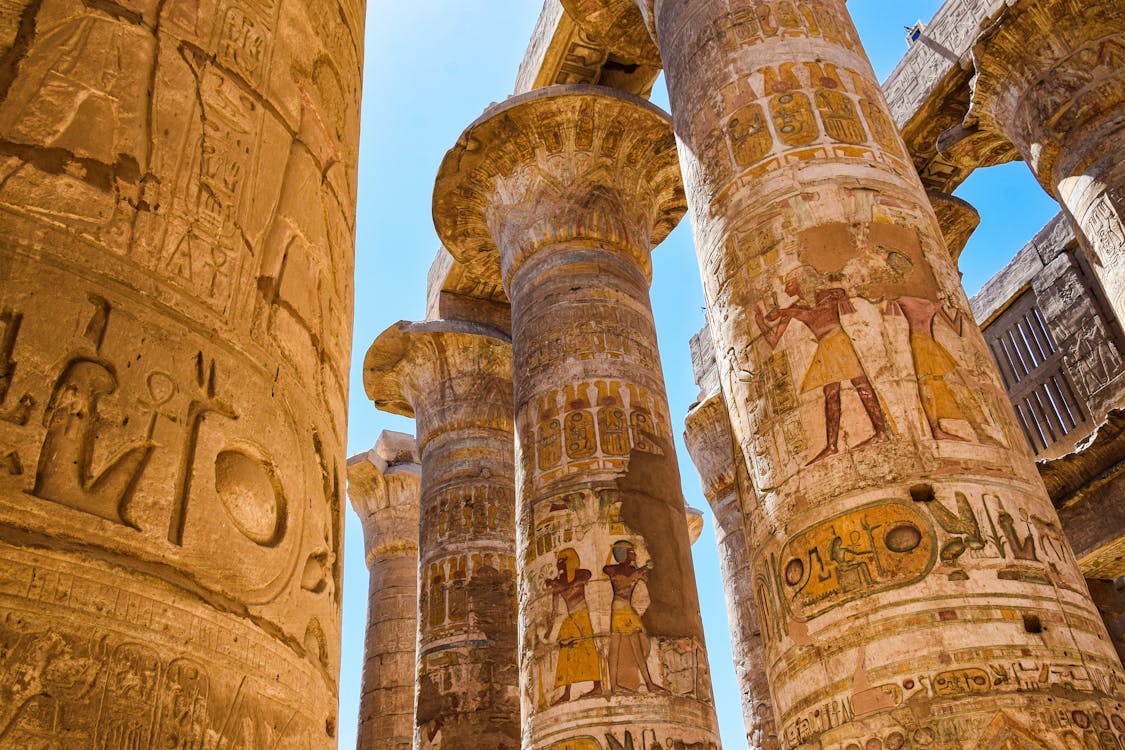
Karnak Temple
Housed in Luxor in Egypt on the east bank of the Nile River, Karnak Temple is an amazing construction representing the culture of ancient Egyptians. It is one of the largest temples ever built by man on earth and occupies a prominent place in the Luxor day tour. The whole place has been designed primarily for Amun-Ra who according to their stories was considered as a god above all other gods. Not only is it massive, but it is also a very important holy site from antiquity. Moreover, besides being intricately designed, the Karnak Temple serves as an artwork that shows the extraordinary architecture and creativity of the Pharaohs during the period they ruled. The gigantic pylons, many obelisks or pillars, and even walls adorned with hieroglyphs tell about its purpose of devotion and power among others.
Discover the Majestic Karnak Temple
Architectural Marvels
The enormity of these statues which are housed at Karnak Temple along with the artistry in their carvings demonstrate how architecturally proficient this structure was. In particular awe-inspiring is the Hypostyle Hall which boasts 134 huge columns. Hieroglyphs scrawled on every column tell tales about the accomplishments made by gods or pharaohs, helping visitors get a peek into Egypt’s political and religious aspects from a long time ago. These massive materials display tremendous art and engineering skills acquired by Egyptians.
The Religious and Cultural Importance
Karnak Temple was built primarily for Amun-Ra, who was the king of gods, thus serving as a center for religious activities. It was where heaven and earth met; thus it depicts how deeply spiritual the Egyptians were. Scriptural reference indicates that important events such as festivals and ceremonies took place in this temple complex hence making it one of the essential cultural and religious centers.
A Window into Ancient Egypt
Visiting Karnak Temple is like walking into a live museum whose corners store different historic tales from ancient times. While exploring its expansive halls filled with majestic statues, you learn more about the former Egyptian approach towards deity and their various belief systems. Each time a person travels to Luxor seeking answers about ancient Egypt’s enigmas, Karnak Temple becomes one of its most significant attractions due to its magnificence as well as its historical background.
When was Karnak Temple built?
Consideration for Karnak Temple isn’t any different from more than just visiting an ancient place; instead, it signals commencing a journey that lasts for thousands of years. This temple complex took more than 2,000 years to construct and its beginnings date back to as early as the 16th Century BC each era left its mark on this site. Its vastness and magnificence are just incredible. Immense pylons, gigantic obelisks, and adorned halls grace its premises which show nothing but faith and divine power. People who are looking for Egypt travel packages can visit this place to become well acquainted with the ancient world because it reveals architectural as well as cultural achievements done by one of the greatest societies in history.
Where is the Temple of Karnak?
Karnak temple can be found in the city of Luxor, Egypt, formerly known as Thebes in ancient times. It rises on the east bank of this river across the Valley of kings and queens. The temple complex lies about 2.5 kilometers north of Luxor’s current main town center and has a road leading from hairs to other historical sites in the area.
Karnak temple is included in a bigger area known as Karnak Temple Complex or just Karnak which is about 100 ha wide. This large site has many temples, chapels, pylons, and obelisks for different gods but they all have one thing in common which is Amun-Ra as their ultimate god. The temple’s main axis points in the direction of north-south somehow parallel to the River Nile heading for its sacred lake. In addition, there are smaller structures and temples within the complex that were built by later pharaohs like the precinct dedicated to gods Amun, Mut, and Khonsu respectively—Amun-Mut-Khonsu precinct. In Egypt classic tours, Karnak Temple stands out because of its enormity and preservation among other ancient Egyptian sites.
Why karnak temple is The Largest Religious Complex?
A gigantic-scale temple, with an extensive construction period, and architectural grandeur, Karnak Temple is often held aloft as the largest religious complex in the world. Here are several key reasons in support of the distinction of Karnak Temple as the largest religious complex in the world:
1. Vast Size and Scope
The Temple of Karnak spreads over more than 100 hectares, thereby being the largest religious building ever made. Among many varied constructions that largely differ in their purposes, there is the Great Hypostyle Hall, which alone spreads over more than 5,000 square meters and consists of 134 gigantic columns.
2. Long Period of Construction
It was built over 2,000 years or so, starting in about the 16th century BCE and ending in the 4th century. The reason it took this long is that several pharaohs could contribute to the complex, therefore there is the addition of monumental additions and renovations at this site, expanding it in size and complexity.
3. Architectural Innovations
Karnak Temple sets the border of groundbreaking architectural achievement. The prime example of the highly advanced architectural science followed by Egyptians enclosed within, the gigantic columns with fine carvings in the Great Hypostyle Hall, illustrate this point. Colossal statues, massive obelisks, and huge courtyards are further testaments to the monumental scale of the temple. A trip to Luxor will bring a person up close to such architectural marvels, representing the gigantic achievements of ancient engineering and artistry that have characterized Karnak Temple.
4. Religious and Cultural Significance
Karnak Temple was the main place to pray for Amun-Ra, Thebes’s most important god, and it contributed in a major way to Egyptian religion and culture. The temple also held an annual Opet Festival, which helped keep up the relationship between gods and pharaohs through celebration.
5. Varied Structures
The temple complex consists of several precincts for the various gods, including Amun-Ra, Mut, and Khonsu. It has a wide range of architectural components, among other structures, from pylons—monumental gateways—through obelisks, shrines, and sacred lakes, to give it such colossal magnitudes and intricate complexity.
6. Broad Decoration
Karnak Temple's walls are rich in long hieroglyphic texts and intricate reliefs, narrating stories of historical religious ceremonies and great pharaohs. The decoration inside the temple provides not only aesthetic value, but it is also a very detailed account of the history from one generation to the other.
Exploring Karnak Temple and What to See
1. The Great Hypostyle Hall: The center of Karnak Temple has 133 columns soaring to a height of 23 meters. The columns are decorated with hieroglyphs and scenes depicting the kings and gods, which testify to the grandeur and art of the ancient Egyptians.
2. The Avenue of Sphinxes: This avenue is characterized by hundreds of towering sphinxes that bear the bodies of lions and the heads of men, and it runs from Karnak to the Temple of Luxor. This avenue was utilized for religious processions while at the same time providing a breathtaking view of the temple complex.
3. The Sacred Lake: This large rectangular lake had been placed within it for ritual purification. In addition, it is surrounded by beautiful views of the temple’s architectural works. This act would have taken place during religious ceremonies at the temples with such resounding glory.
4. The Solar Boat Museum: Close to the temple is the Solar Boat Museum, where one can find a restored ceremonial barge that was utilized for ritualistic acts. This offers further background on what happened in religious customs as well as why the Nile was a significant inland pharaonic civilization.
5. The Great Pylon: A colossal pylon embellished with hieroglyphics as well as reliefs depicting significant historical moments and religious scenes marks this building’s entrance serving as an impressive portal into its monumental scale; hence establishing its vastness.
The History of Karnak Temple in Luxor
1. The Egyptians have a long history and vast knowledge of construction drawing on their architecture from ancient times to this day. During the time of Senusret I, Pharaoh of Egypt in the 16th Century BC, Karnak Temple bore witness to one of its earliest phases. Amun, the principal Egyptian god for Thebes, was initially worshipped there as a small temple was constructed by him or his son. Initially served as a small shrine dedicated to Amun but it later grew into the largest religious complex in Africa.
2. When the New Kingdom came about (1550 - 1070 BCE), a lot was added to Karnak Temple including additional construction work arranged by Hatshepsut, Thutmose III, or Ramses II among others.
Hatshepsut: Hatshepsut is one of Ancient Egypt’s most famous women pharaohs; she expanded its area while constructing numerous monuments including her famous obelisks.
Thutmose III: Also called ‘Napoleon on the Nile’; he made Karnak a predominant place for both religious rituals and politics. The Great Hypostyle Hall characterized by 134 gigantic pillars each with beautifully carved hieroglyphs was his creation.
Ramses II: Acknowledged for great architectural works, he designed large statues along with huge pylons giving them more power than their size or material would suggest thereby confirming his divinity further.
3. Later Additions and Renovations (Third Intermediate Period and Late Period) Karnak Temple continued to be a site of interest during the Third Intermediate Period (c. 1070–664 BCE) and Late Period (c. 664–332 BCE) under later dynasties, most notably those of the 21st and 25th, for the following reasons:
21st Dynasty: This dynasty erected this new temple containing temples and chapels. The main address was addressed to Amun-Ra’s worship.
25th Dynasty: The Nubian kings from the 25th Dynasty, who were also referred to as the Kushite Dynasty made notable contributions to Karnak whereby they expanded and adorned it greatly.
4. Ptolemaic and Roman Times: Ptolemaic Dynasty to Roman Egypt There were several renovations and new structures done at the Karnak Temple during the period referred to as Ptolemaic (332–30 B.C.E) when Alexander the Great invaded Egypt. Though these ruling Ptolemies were Greeks themselves, they remained loyal to some of the traditional architectural styles adopted by them in their temples for the benefit of those who worshiped its deities.
Contributions of the Ptolemies: Many new constructions were raised by the Ptolemies, such as temples dedicated to various gods like Isis and Horus, in a combination of Greek and Egyptian architectural features.
Roman Period: The Karnak continued to be a great religious center even during the Roman period. While little contributions were made by the Romans, the temple remained a center of worship and other ceremonial activities.
Why Karnak Temple is a Must-Visit on Your Egypt Tour
Karnak Temple must be visited by each and every person heading to Egypt owing to its beautiful design, historical entrenchment, and cultural richness. The Great Hypostyle Hall of Karnak Temple is an illustration of this fact. This temple complex is one of the biggest of all time constructed for religious purposes and hence it displays advanced ancient Egyptian engineering and artistry skills as seen in buildings such as the Great Hypostyle Hall with its 134 colossal column decorations. This temple has been under construction for more than 2,000 years covering an entire millennium in Egyptian history from the Middle Kingdom to the Ptolemaic and Roman periods. For visitors interested in Luxor Attractions, Karnak Temple is an amazing place to go full of intricate hieroglyphics, majestic obelisks, and vast premises that tell about rituals and artistry among the earliest civilizations on earth.
The temple of Karnak is not simply a stone edifice that's looming large in subtle magnificence; it carries an inheritance that will never fade. More than two millennia ago, this place became important for so many other reasons − be it politics, religion, or culture among others. This temple depicts how the Egyptians interpreted their universe and its gods. Its decorated architectural halls contain magnificent statues of deities and pharaohs alongside obelisks which are part of them; all these show that there was a civilization that greatly influenced the history of mankind. Walking around its vast grounds among things to do in Luxor reveals much more than just ancient structures as walls with plenty to say between people and ever-living inheritance that fascinates us today. It represents a historical link through faith, creation, and human accomplishment spanning through centuries without end at Karnak Temple.
Egypt Tours FAQ
Of course, travelers must obtain a visa, which can be obtained upon arrival or online for some nationalities.
Egypt is generally safe for tourists and residents, and you should consult travel specialists to find out the best places to visit in Egypt.
The Egyptian pound (EGP) is the official currency in Egypt.
The language is Arabic, but in tourist areas English is widely spoken.
Egypt offers a range of tours, including historical, cultural, and adventure trips that cater to all interests
Yes, many Egypt trips are family-friendly, offering educational experiences and activities suitable for all ages.
Private Egypt tours can be easily booked through us, offering customized itineraries based on your preferences.
Guided tours in Egypt include a professional guide, who provides insight and comfort, while self-guided tours allow more flexibility but you won't get the information a tour guide gives you.
comfortable clothing suitable for the climate, sunscreen, and essentials for exploring historical sites






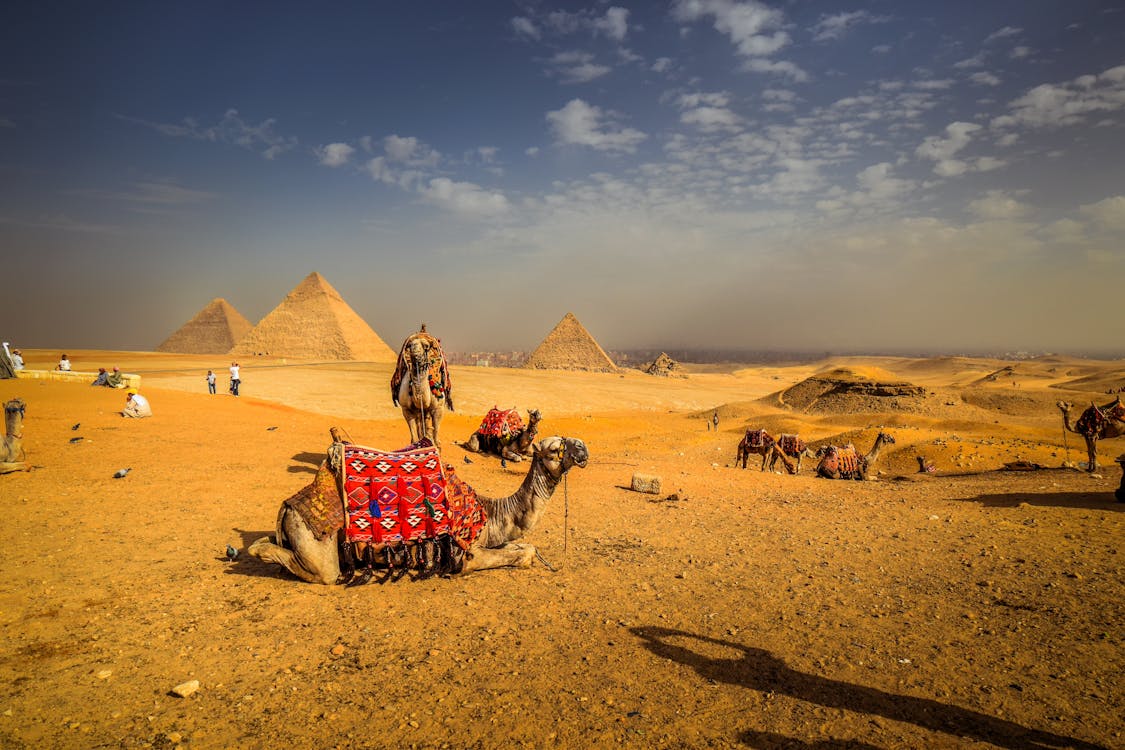
.jpg)
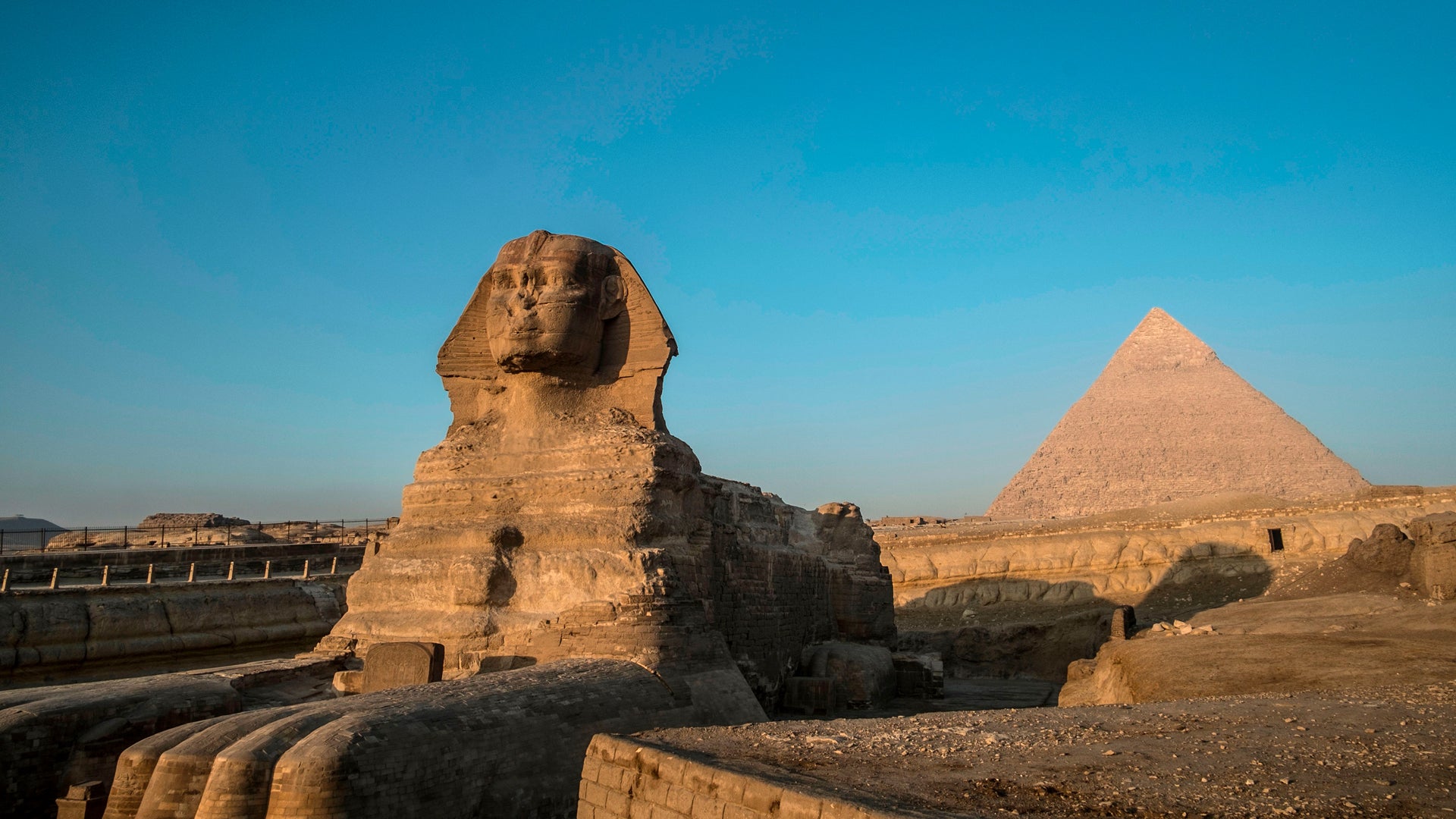
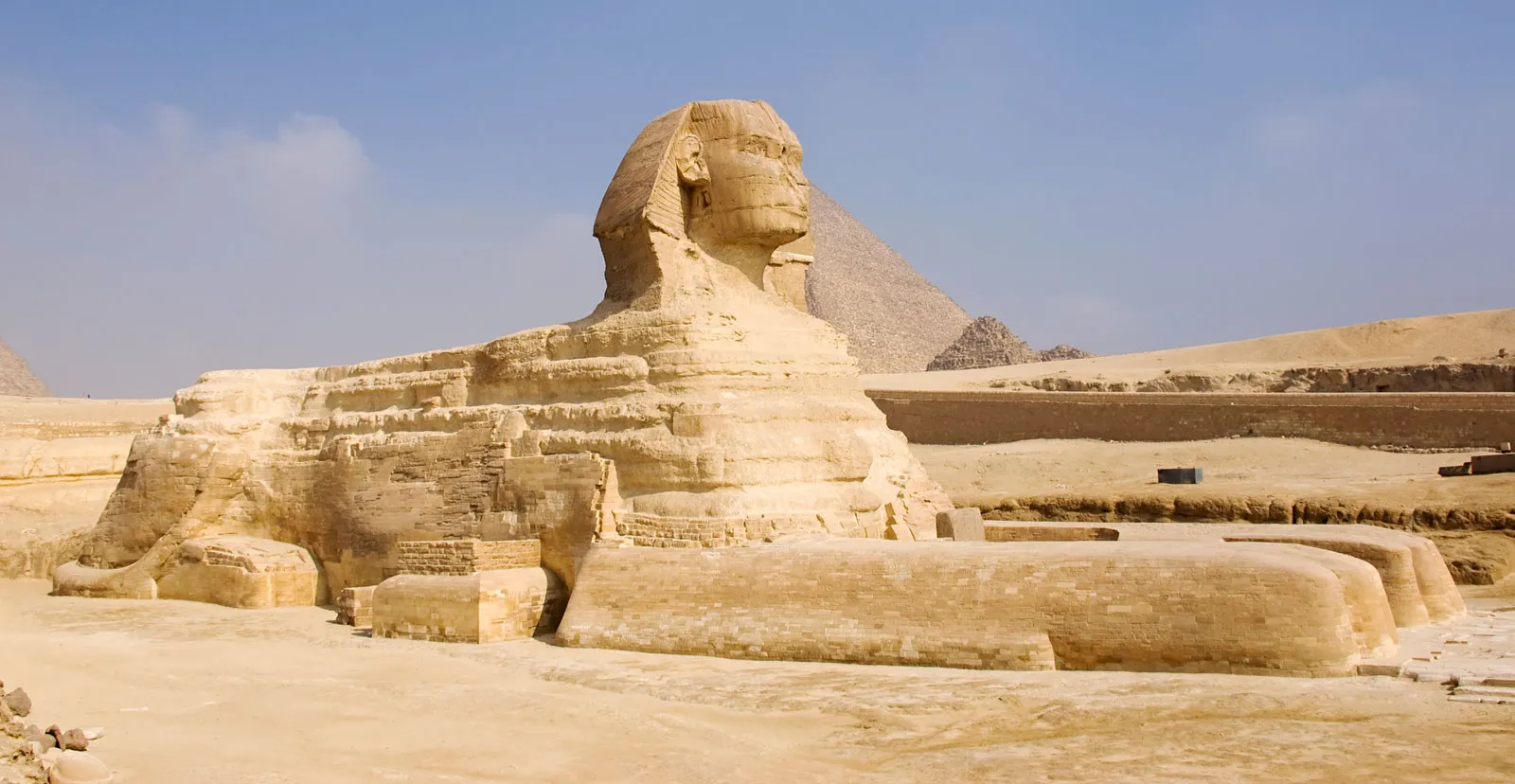

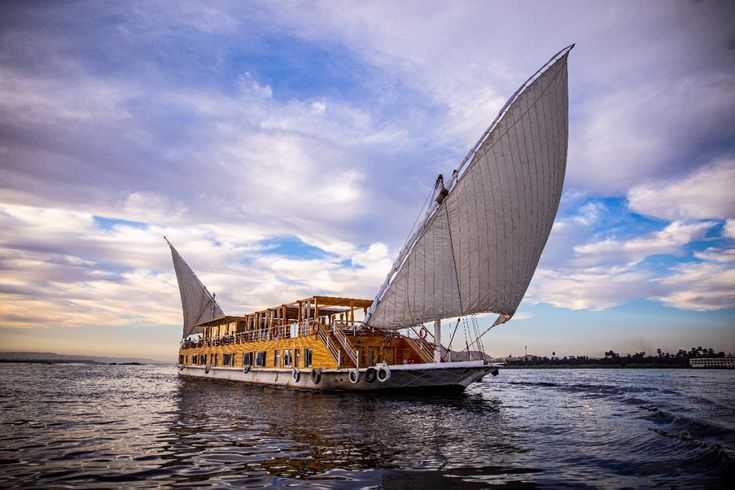
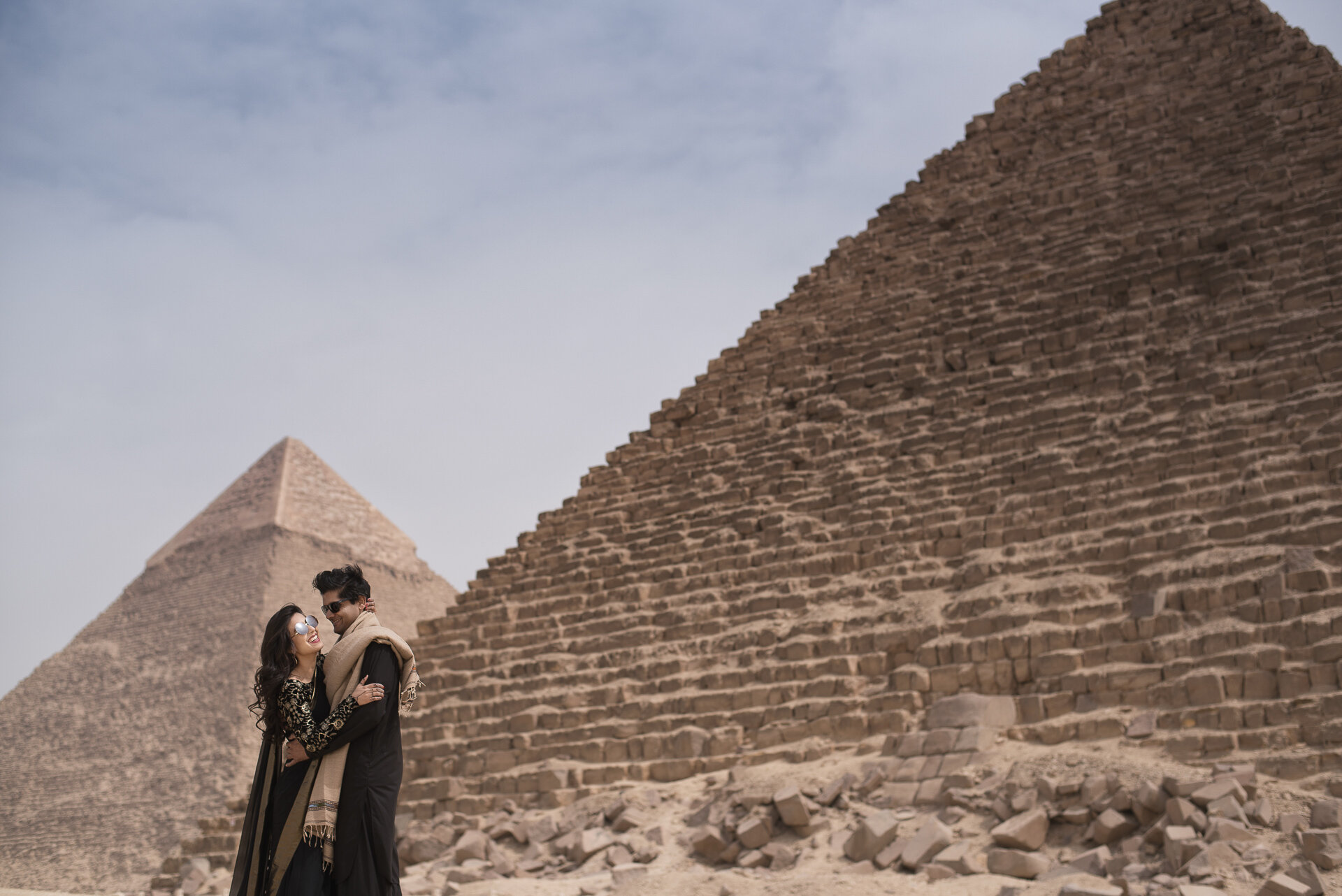
.avif)
